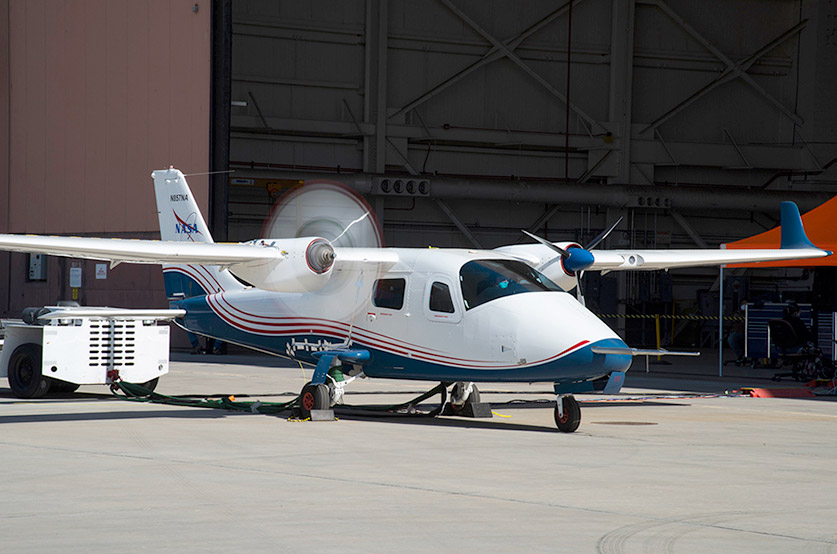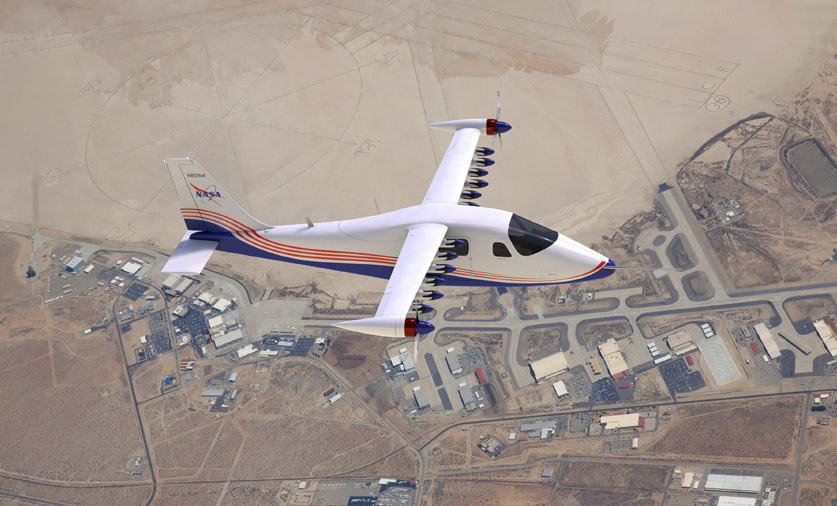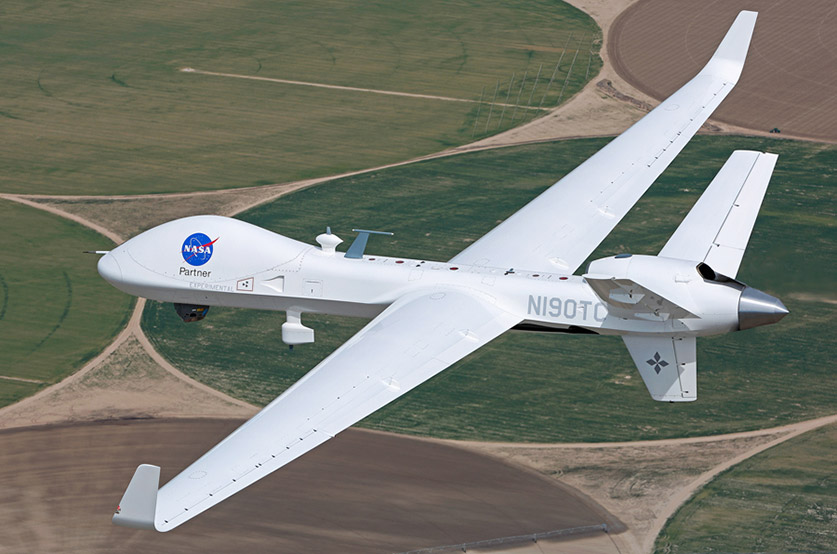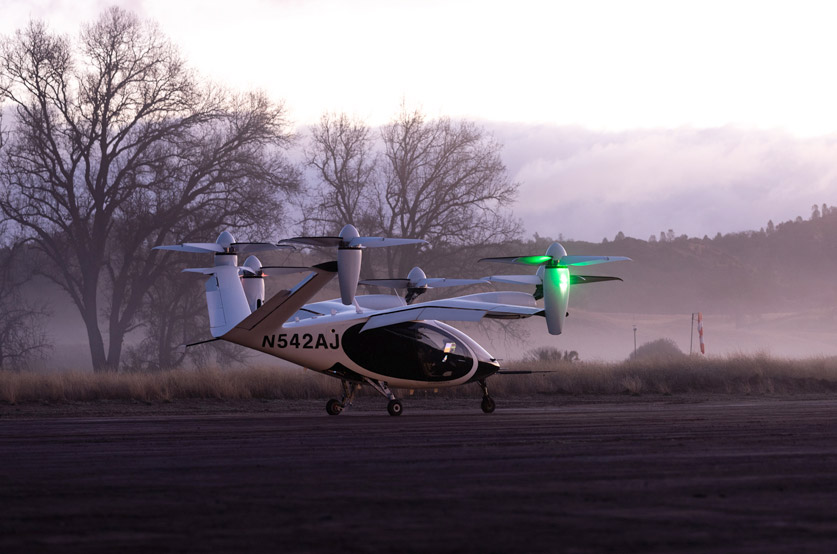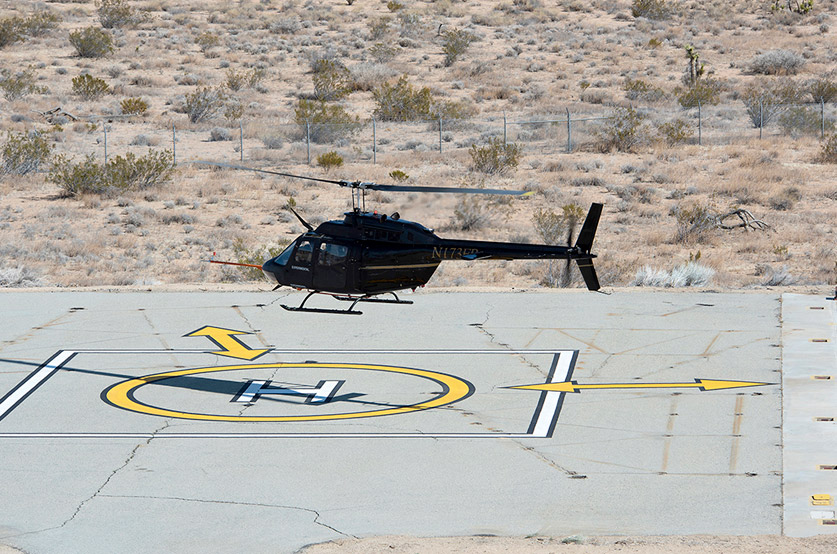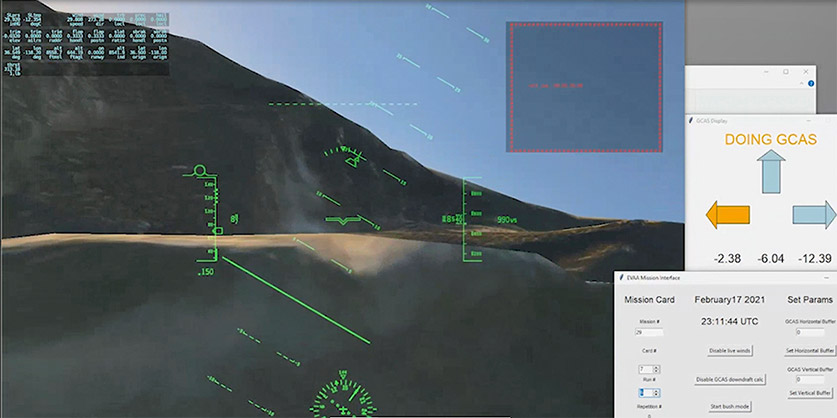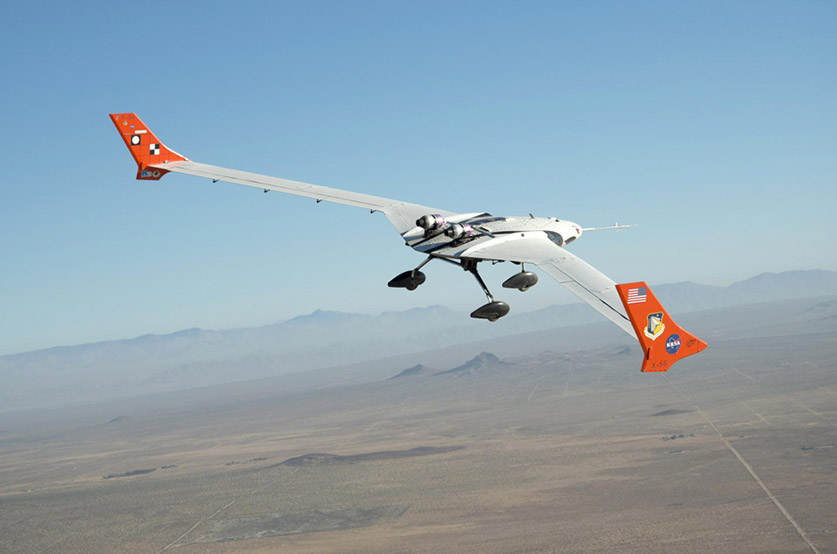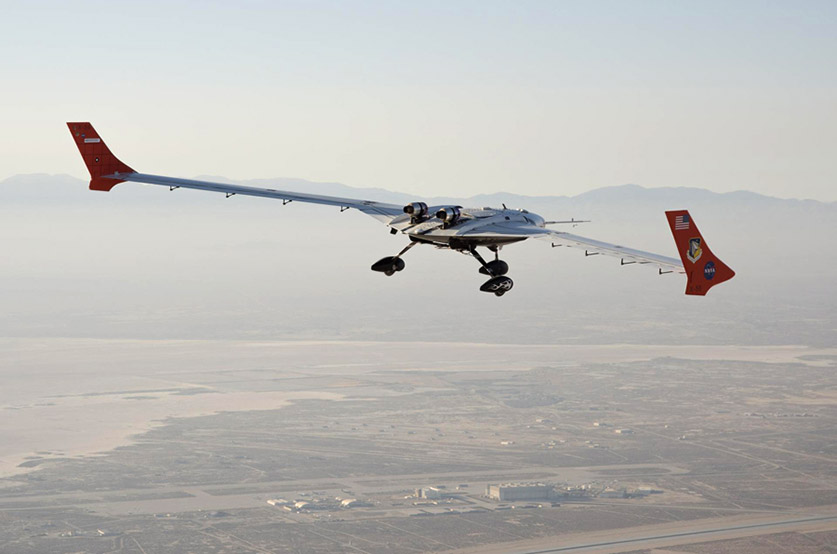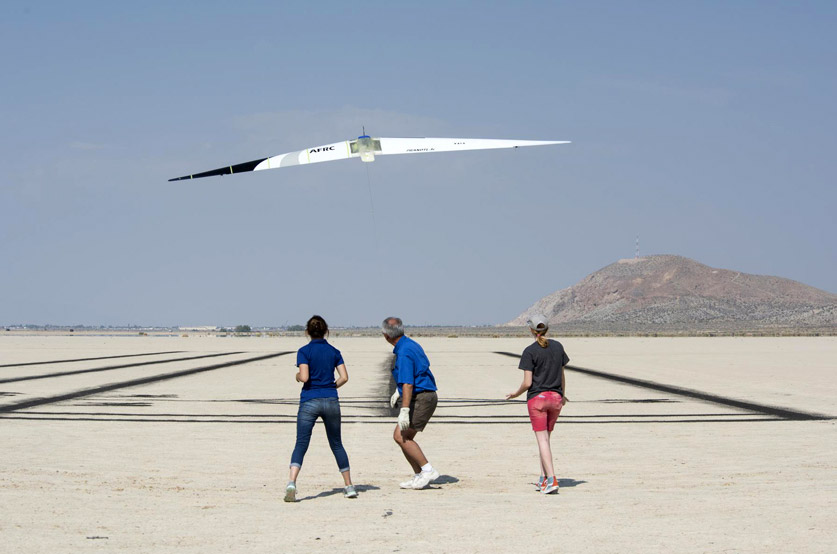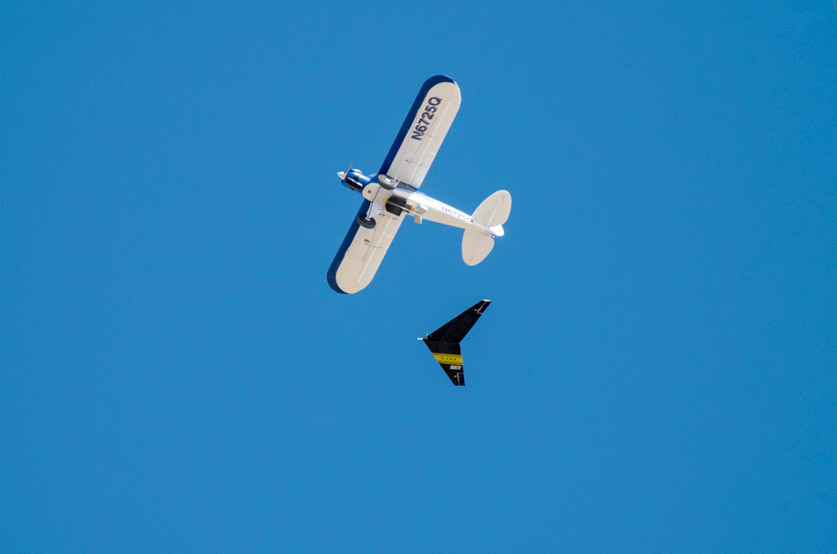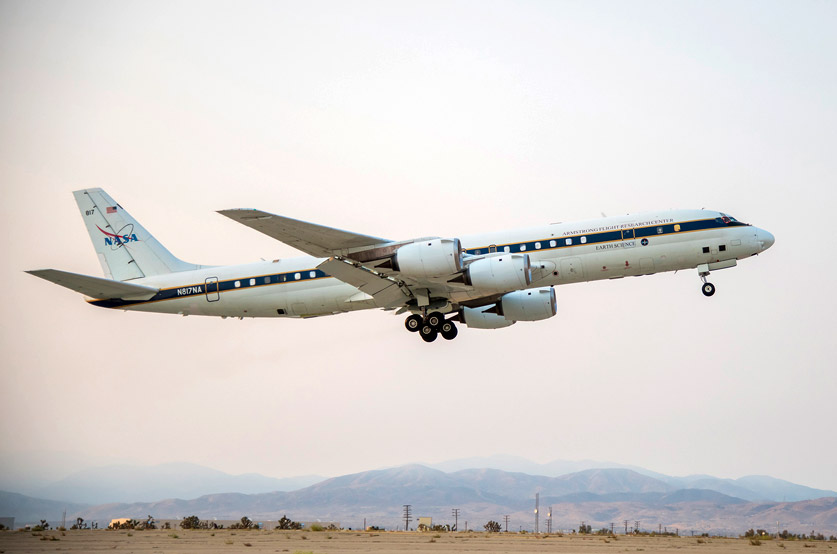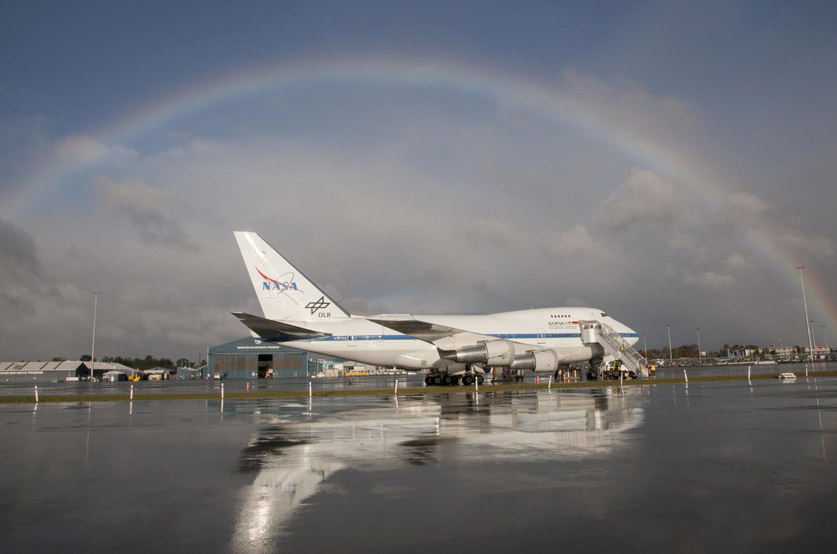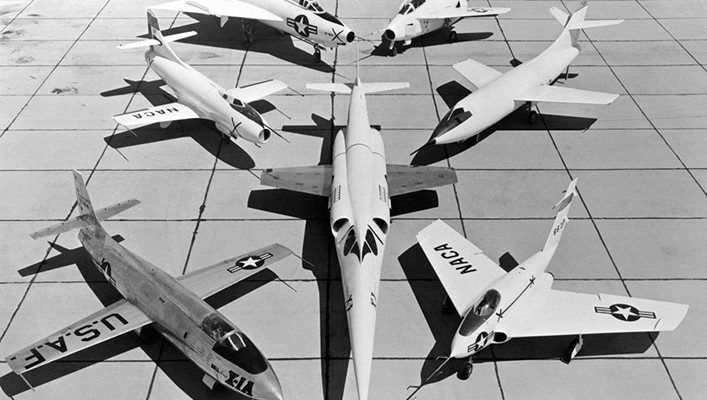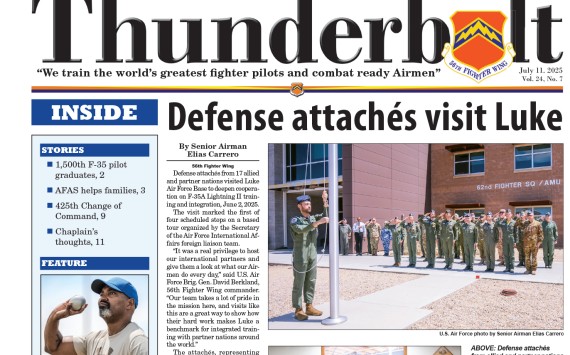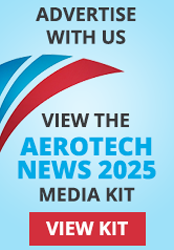As NASA’s Armstrong Flight Research Center at Edwards, Calif., approaches its 75th anniversary on Sept. 30, the center is poised to build on its legacy to help NASA and the nation reach new flight milestones.
The National Advisory Committee for Aeronautics High-Speed Flight Facility in 1946 was established with a single mission, to support the first U.S. Air Force experimental aircraft designed to break through the perceived sound barrier.
A 13-person contingent at the California facility was tasked to assist in testing and research of the X-1, which was the first aircraft to exceed Mach 1. Mach 1 is achieved at 650 to 750 mph, depending on factors such as atmospheric conditions and altitude. An aircraft breaking through the sound barrier results in a loud, thunderous sound heard by those on the ground, called a sonic boom.
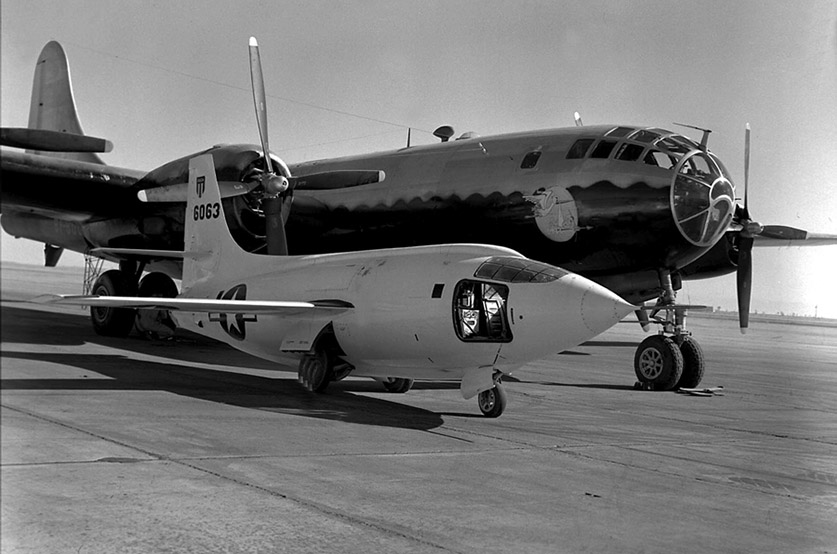
Today, NASA’s X-59 Quiet SuperSonic Technology (QueSST) aircraft is taking shape as it approaches construction completion, with a first flight scheduled for 2022. The X-59 will fly to validate the technology to make quiet supersonic flight a reality. The science includes the shape of the aircraft itself reducing the loudness of a sonic boom to a quiet thump.
Once NASA proves the aircraft is as quiet as it’s designed to be, the X-59 will begin the third phase of its mission in 2024, where it will be flown above select U.S. communities to gather data from sensors and people on the ground to gauge public perception. That data will help regulators establish new rules that may enable commercial supersonic air travel over land, greatly reducing flight times.
Before the new supersonic experimental aircraft flies, Armstrong worked to assess how people currently perceive sonic booms. Flight series such as the Sonic Booms in Atmospheric Turbulence Flights at Kennedy Space Center in Florida and the Quiet Supersonic Flights in Galveston, Texas, have focused on that work. NASA Armstrong has even captured images of how shockwaves interact with each other and between supersonic aircraft using a process called Air-to-Air Background Oriented Schlieren Flights.
Aside from work in aeronautics research and contributing to aeronautical technologies and aviation safety, the center also conducts work in space transportation and has a key role in many Earth and space science missions.
Transition to Space
After the X-1 project ended a number of X-planes followed, designed to find answers related to speed, temperature, structure, control and human physiology, work that continued as the agency morphed from the NACA to NASA in 1958.
This time-lapse represents manufacturing of the X-59 Quiet SuperSonic Technology, or QueSST, aircraft from May 2019 to June 2021 and includes the merger of its main sections – the wing, tail assembly, and fuselage or forward section. The first flight of the X-59 QueSST is planned for 2022. (Lockheed Martin)
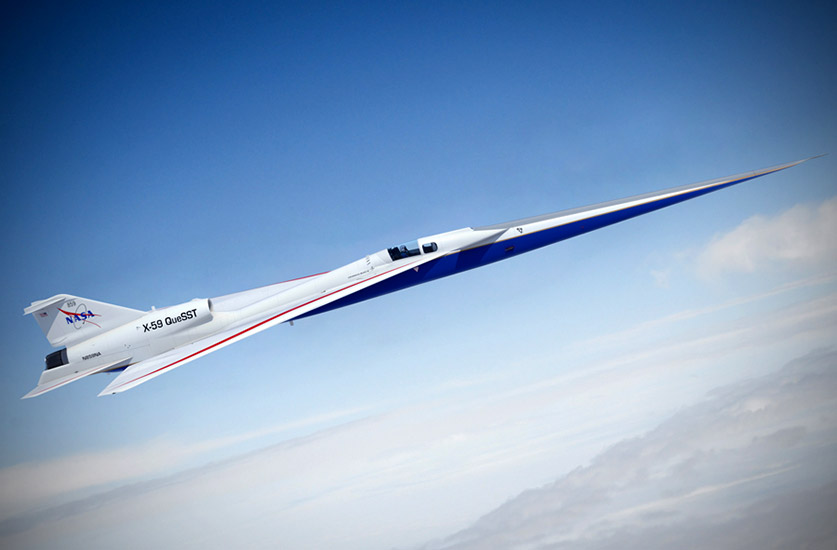
One such aircraft was the X-15 rocket plane program that posted a then- record 199 flights, including binders of research, and an official record of speed at Mach 6.7, or more than 4,500 mph, and an unofficial altitude record at the edge of space at 67 miles, or 354,200 feet.
The center’s initial focus was aeronautics, but the X-15 bridged the worlds of high speed aircraft with the research needed to reach beyond Earth’s atmosphere. The development of reaction control systems for the legendary X-15 was critical for spaceflight, as it provided a way to control a vehicle in the absence of dynamic pressure as is encountered in space.
The Lunar Landing Research Vehicle also was tested at the center. The free-flight aircraft simulated the one-sixth gravity of Earth that astronauts would face on the moon. The research contributed to construction of the Lunar Landing Training Vehicles that were built and sent to NASA Johnson Space Center in Houston (then called the Manned Spaceflight Center). Apollo astronauts used the spindly aircraft to train for landing on the moon. The practice was helpful when Neil Armstrong, for whom the center was renamed in 2014, piloted the Lunar Module manually to the lunar surface to take the first steps.
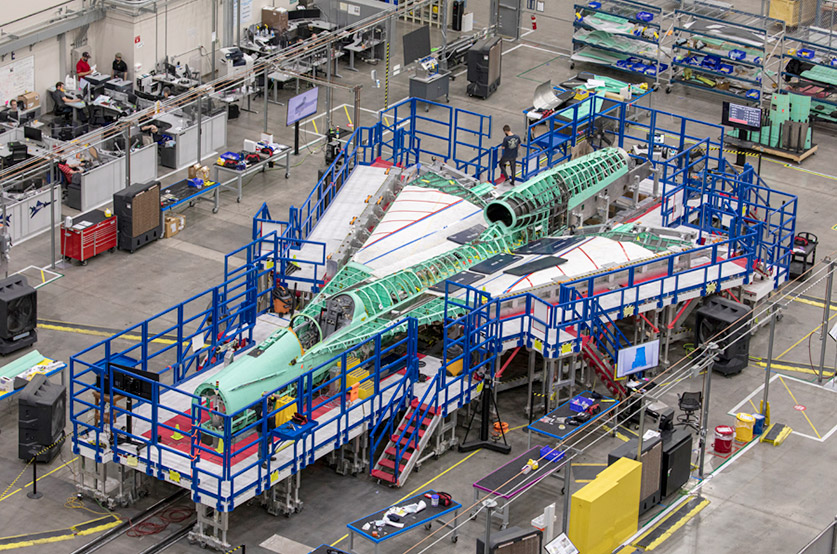
Lifting body aircraft were designed to validate the shape of a space return vehicle that could land like an aircraft instead of descending under a parachute and landing in the ocean. Sierra Nevada Corporation’s Dream Chaser spacecraft completed additional approach and landing tests at NASA Armstrong in November 2017. It continued the center’s historic role with lifting body shaped vehicles.
Space Shuttles and Space Contributions
Space Shuttle Enterprise’s approach and landing tests marked another contribution to space-related technology. A large steel gantry called the Mate Demate Device slowly lifted the shuttle onto the back of a specially modified NASA 747 Shuttle Carrier Aircraft. Enterprise was then launched from the back of the large aircraft to validate the shuttle’s performance in atmospheric flight.
The center retained a role with the space shuttles during the 30-year program, often hosting landings. Most early landings and first flights of new orbiters or return to flight operations took place at the center. The shuttles concluded 54 space missions with a landing at Edwards and a return trip on the NASA 747 to NASA’s Kennedy Space Center in Florida.
Armstrong also was involved in testing the pad launch abort test capsule for NASA’s Orion spacecraft. The capsule’s instrumentation and wiring took place at the center, as did its weight and balance, center of gravity and combined systems testing. The center also led the construction of the launch site at White Sands Missile Range in New Mexico where the capsule successfully launched May 6, 2010.
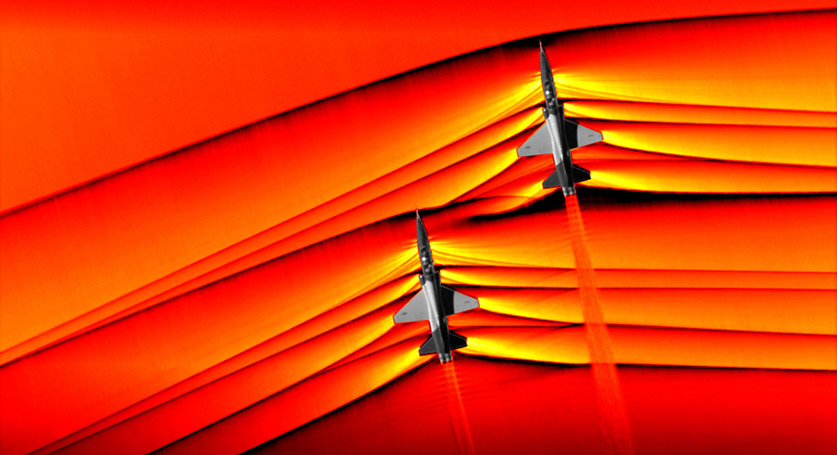
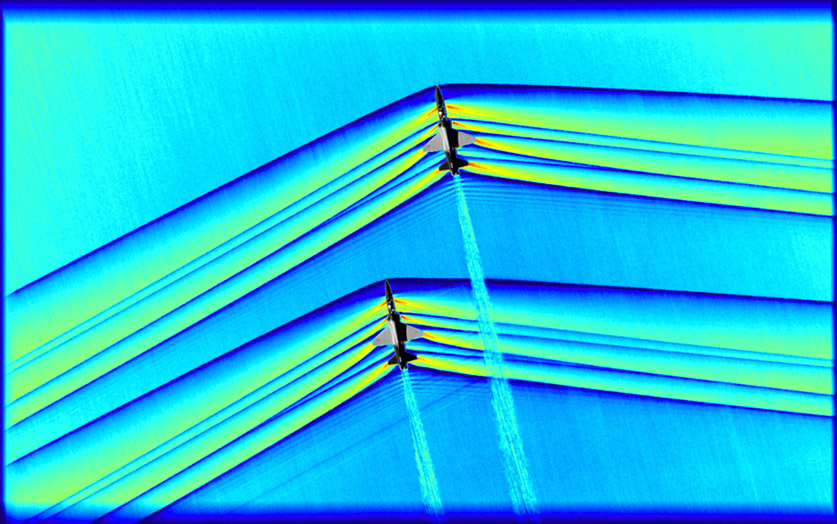
Another NASA Armstrong contribution included a number of tasks for the Orion Ascent Abort-2 (AA-2) that launched successfully July 2, 2019, which was a key milestone in preparation for Artemis missions to the Moon. The team was key to data systems for the AA-2 flight test vehicle, ensuring engineers had all the information they need to assess how the spacecraft’s launch abort system can pull the Orion crew module to safety in an emergency.
The center has also assisted in testing systems in flight. Software for the agency’s Space Launch System rocket, which will launch Orion into deep space, was tested onboard Armstrong’s F-18 aircraft that flew nearly vertical to simulate a rocket flight path. An Armstrong F-18 was also used to test a radar system that helped land the Mars Curiosity rover on the surface of the planet in 2012.
NASA’s Flight Opportunities program, managed by NASA Armstrong, rapidly demonstrates promising technologies for space exploration, discovery, and the expansion of space commerce through suborbital testing with industry flight providers. The program matures capabilities needed for NASA missions and commercial applications while strategically investing in the growth of the U.S. commercial spaceflight industry.
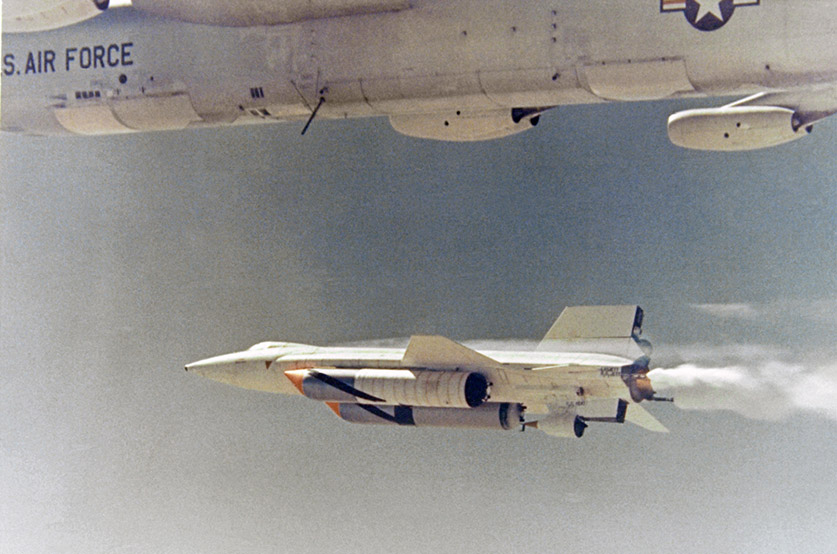
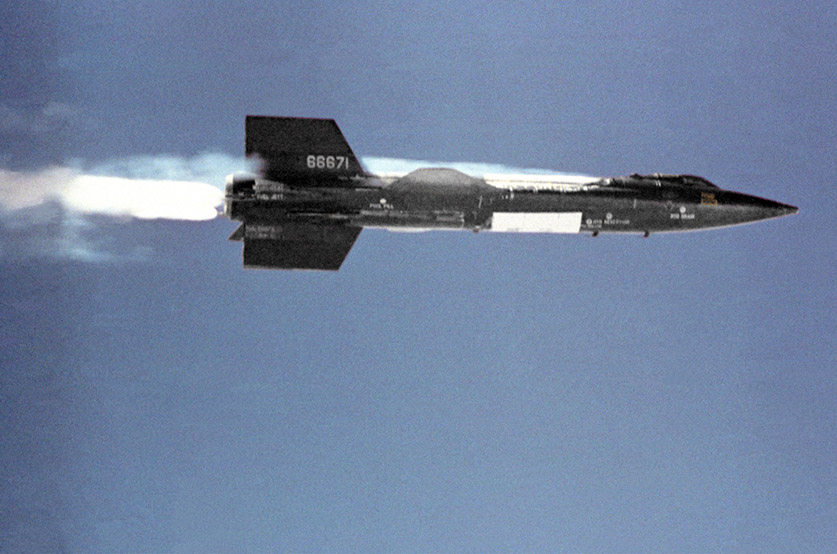
These flight tests take technologies from ground-based laboratories into relevant environments to increase technology readiness and validate feasibility while reducing the costs and technical risks of future missions. Among other successes, the program supported testing of the technology that helped the Perseverance Rover find a safe place to land on Mars.
Aeronautics Milestones
Speed isn’t only the regime of space vehicles.
Armstrong researchers explored the realm of hypersonic speed with the first integrated hypersonic scramjet engine, the X-43. The air-breathing engines propelled the vehicle to speeds of Mach 7, about 4,500 mph, and nearly to Mach 10, or roughly 7,000 mph, during separate flights in 2004, setting a Guinness World Record for air-breathing propulsion.
High speed isn’t always the goal, as demonstrated during the Environmental Research Aircraft and Sensor Technology (ERAST) program. One of the aircraft that flew in that program was the Helios Prototype, which cruised at 25 mph powered by solar powered electric motors about as powerful as a hairdryer.
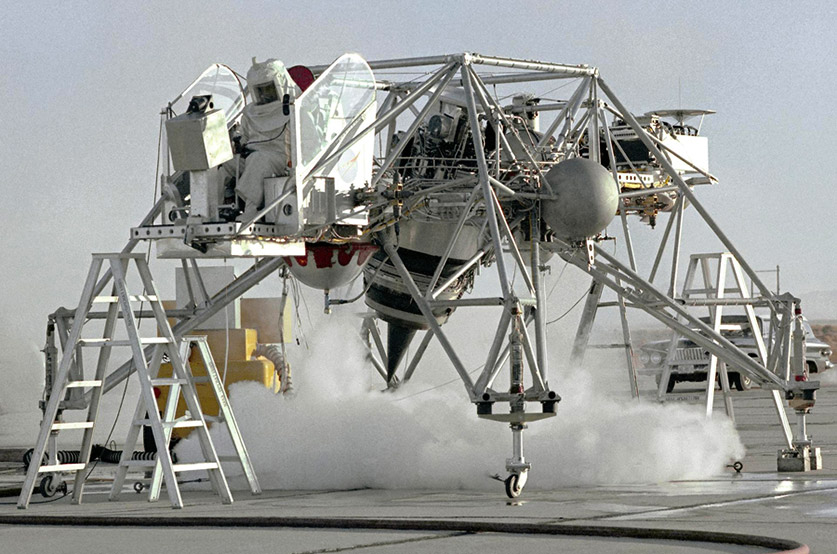

ERAST, which was managed at NASA Armstrong, was a joint NASA-industry initiative to develop and demonstrate aeronautical technologies. The primary objective was to develop and transfer advanced technology to an emerging American industry and to conduct flight demonstrations of those technologies in controlled environments to validate the capability of Unmanned Aerial Vehicles (UAVs) to fly operational science missions. The program also focused on miniaturization and integration of special-purpose sensors and imaging equipment for UAVs.
A major success of the program happened in 2001, when the Helios Prototype reached an unofficial world-record altitude of 96,863 feet and sustaining flight above 96,000 feet for more than 40 minutes during a test flight near Hawaii. Another success was General Atomics technology development that lead to future aircraft NASA used such as the Ikhana (Predator B) that was based at NASA Armstrong for science missions and the SkyGuardian unmanned aircraft that demonstrated potential commercial applications. The legacy of ERAST also includes early efforts at identifying and developing technology for integration of UAS into the National Airspace System.
What’s new
New innovations are part of what the center is known for and another recent X-plane, the X-57 Maxwell, is an example.
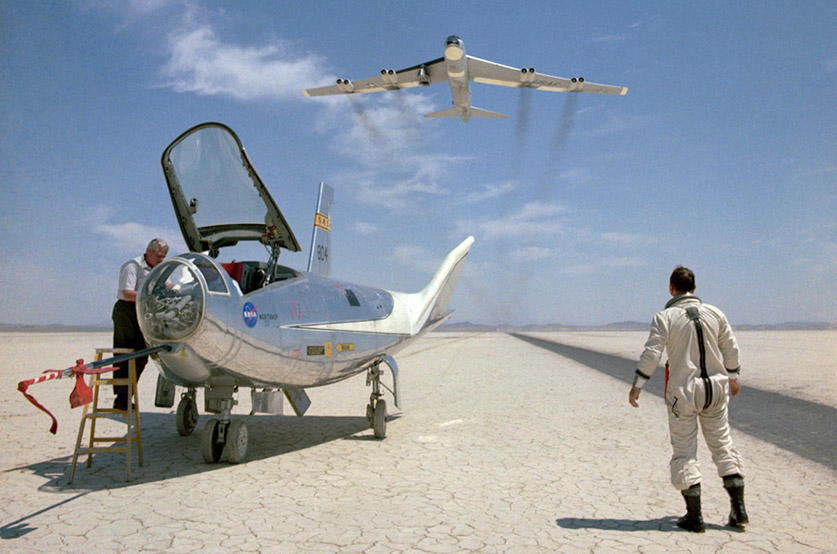
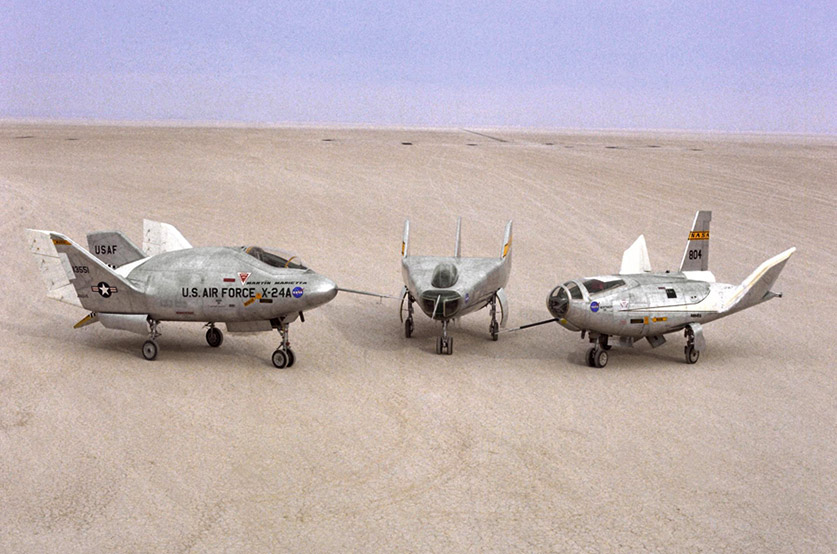
The distributed electric powered aircraft fits into an overarching NASA plan for researching regional air transportation of people and cargo. A principal goal of the X-57 project is to share the X-57 design and airworthiness process with regulators and standards organizations. Another goal is to establish the X-57 as a reference platform for integrated approaches of distributed electric propulsion technologies.
To help integrate air taxis, cargo delivery aircraft and other new air vehicle concepts into the national airspace system, NASA is working with industry, academia and other government agencies like the Federal Aviation Administration (FAA). The bulk of this work is happening under NASA’s Advanced Air Mobility National Campaign.
This multi-event campaign will take place at several locations over a number of years and will include testing innovative aircraft provided by industry partners. Through these test flights, NASA plans to collect data and provide lessons learned to inform FAA policy decisions on AAM safety, certification, operations, and airspace integration. This effort picks up where the Unmanned Aircraft Systems Integration in the National Airspace System, or UAS in the NAS, concluded in 2020.
NASA’s Resilient Autonomy activity is developing autonomous software for potential use in aircraft ranging from general aviation retrofit to future autonomous aircraft. This Joint Capability Technology Demonstration activity is in partnership with the Federal Aviation Administration and the Department of Defense. This simulator footage shows iGCAS, or improved GCAS, save a small aircraft from diving into a canyon, into the side of a mountain, or into the ground. The full version of the system the team is working on spans a wide range of autonomy and is called the Expandable Variable Autonomy Architecture (EVAA), which will eventually include more autonomous elements for increased safety on a range of aircraft. (NASA)
Continuing NASA’s work in autonomy, the Resilient Autonomy project has developed the Expandable Variable Autonomy Architecture, or EVAA, which includes autonomous elements for increased safety on a range of aircraft. This software stems from the Automatic Ground Collision Avoidance System (Auto GCAS) that has saved the lives of 11 F-16 pilots. NASA Armstrong led NASA’s efforts to develop AutoGCAS with its partners the U.S. Air Force, the U.S. Air Force Research Laboratory, the Office of the Secretary of Defense and Lockheed Martin.
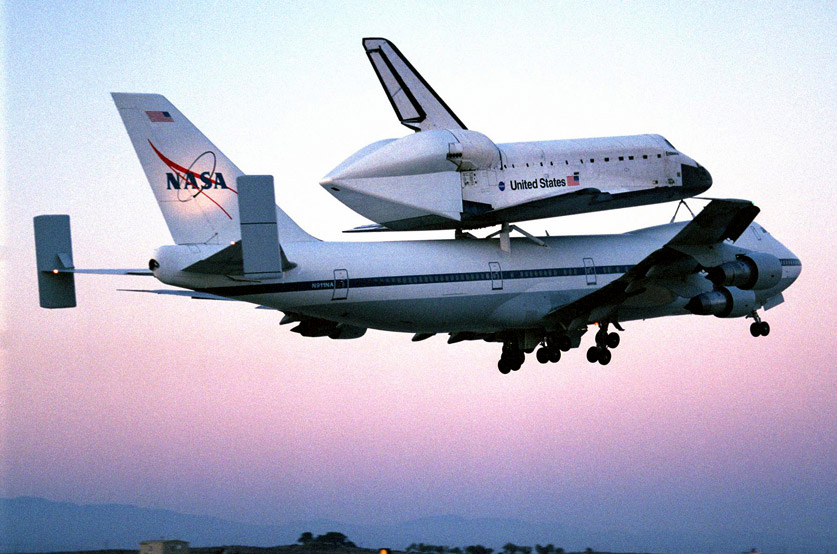
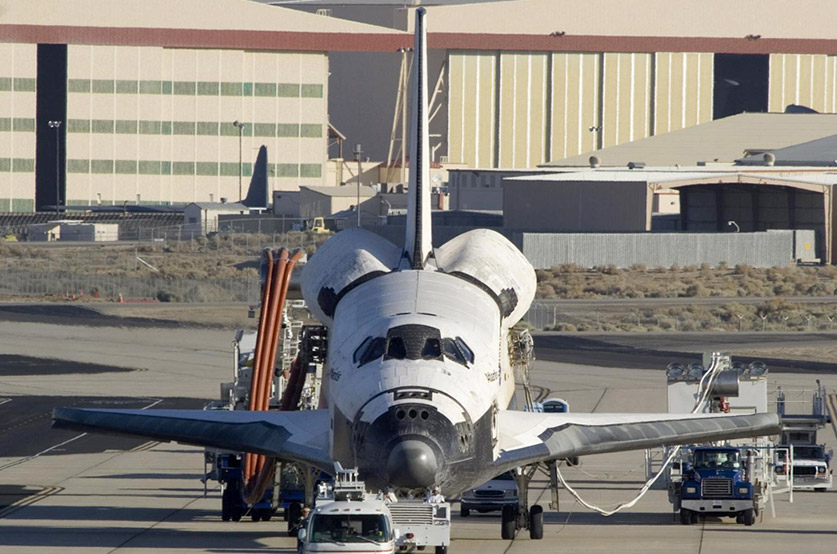
The Auto GCAS system takes control of an aircraft from the pilot at the last possible moment to avoid an imminent ground collision. For this activity, the team modified the algorithms of the F-16 GCAS and the Automatic Collision Avoidance Systems and rebranded them to indicate an improved functionality suitable for non-fighter aircraft.
This new version of the software can be used in smaller aircraft like Cessnas and future remotely piloted or autonomous aircraft. The Joint Capability Technology Demonstration activity is in partnership with the Federal Aviation Administration and the Department of Defense.
The X-56A suppressed potentially destructive vibration called flutter, which permitted research of the aircraft’s lightweight, flexible wings. The results of the research, which also included the Air Force Research Laboratories in Ohio, could enable future airliners to use similar wing designs to conserve fuel. The X-56A team also facilitated the development of tools and technologies and acquired data to validate modeling techniques.
NASA Armstrong engineers are working on an increasingly complex aircraft called the Preliminary Research Aerodynamic Design to Lower Drag, or Prandtl-D. The aircraft features a new method for determining the shape of the wing with a twist that could lead to an 11 percent reduction in drag. The concept may also lead to significantly enhanced controllability that could eliminate the need for a vertical tail and potentially to new aircraft designs.
Work on the Prandtl-D led to a concept for a potential Mars airplane. If the Preliminary Research Aerodynamic Design to Land on Mars, or Prandtl-M aircraft, is successful, it could collect and transmit valuable information back to Earth.
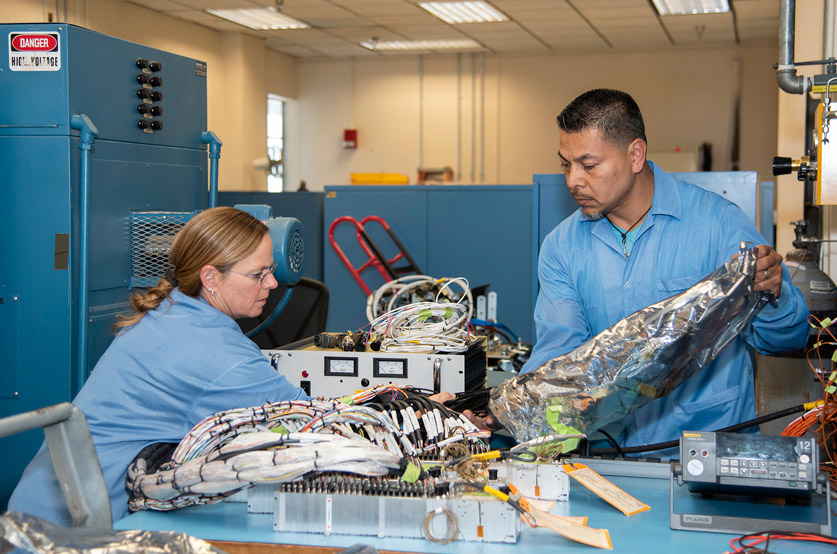
Airborne science
NASA Armstrong operates a fleet of specialized aircraft of varied capabilities to support environmental and Earth science research missions under the Airborne Science program of the agency’s Science Mission Directorate.
As part of the directorate’s Earth Science Division, NASA’s Airborne Science Program uses these unique aircraft and sensors to conduct observations and collect atmospheric data, as well as calibrate and validate satellite data.
A number of the science aircraft are based at NASA Armstrong Building 703 in Palmdale, Calif. They include a DC-8 jetliner converted into a flying science laboratory, two high-altitude Lockheed ER-2s (civilian versions of the U-2Rs) and a Gulfstream C-20A (G-III). A Beechcraft B-200 Super King Air is based at Armstrong’s main facility at Edwards Air Force Base.
SOFIA
NASA’s Stratospheric Observatory for Infrared Astronomy (SOFIA) is the world’s largest airborne astronomical observatory, complementing NASA’s space telescopes as well as major Earth-based telescopes. SOFIA features a German-built far-infrared telescope with an effective diameter of 100-inches. The telescope weighs 19 tons and is mounted in the rear fuselage of a highly modified Boeing 747SP aircraft.
Flying at altitudes of between 39,000 to 45,000 feet and above 99 percent of the water vapor in the atmosphere, SOFIA facilitates observations that are unobtainable from telescopes on the ground. Because SOFIA can fly virtually anywhere in the world, change instruments between flights, and implement new capabilities, it provides greater adaptability than any space-based telescope.
NASA Armstrong’s stellar past has built the foundation for a busy future as the next chapter of the center’s history unfolds.
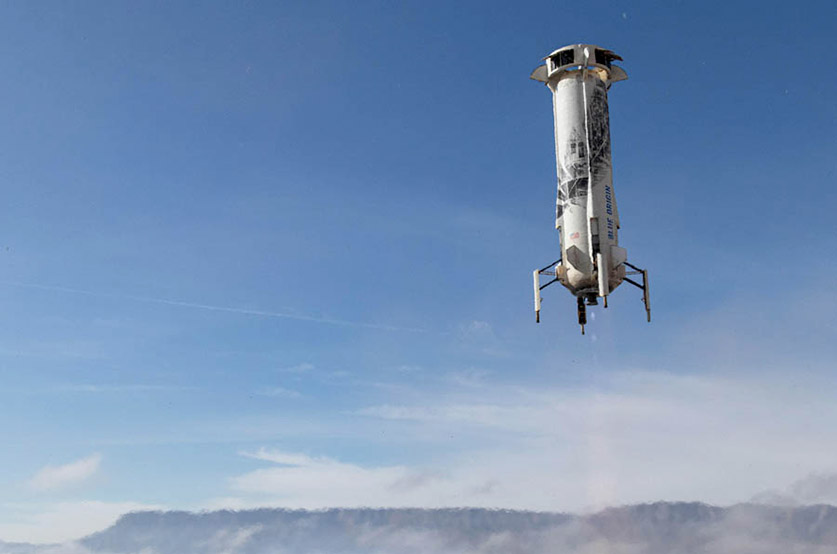

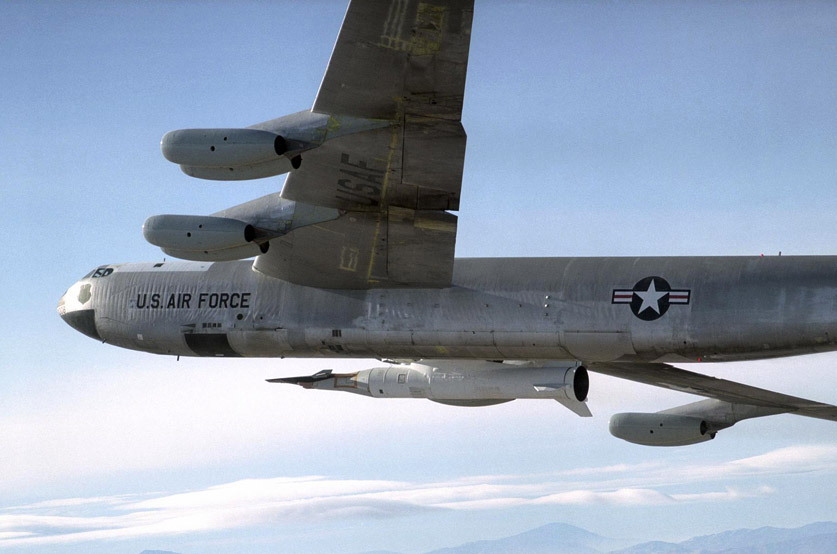
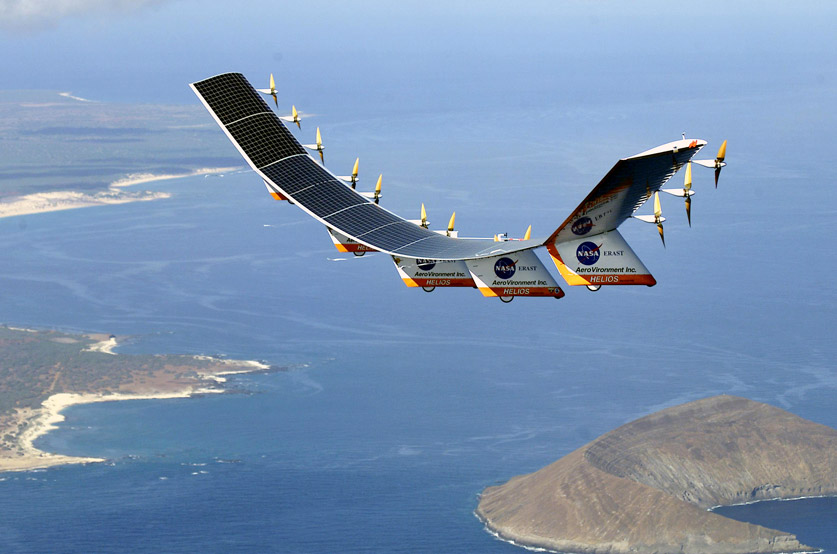
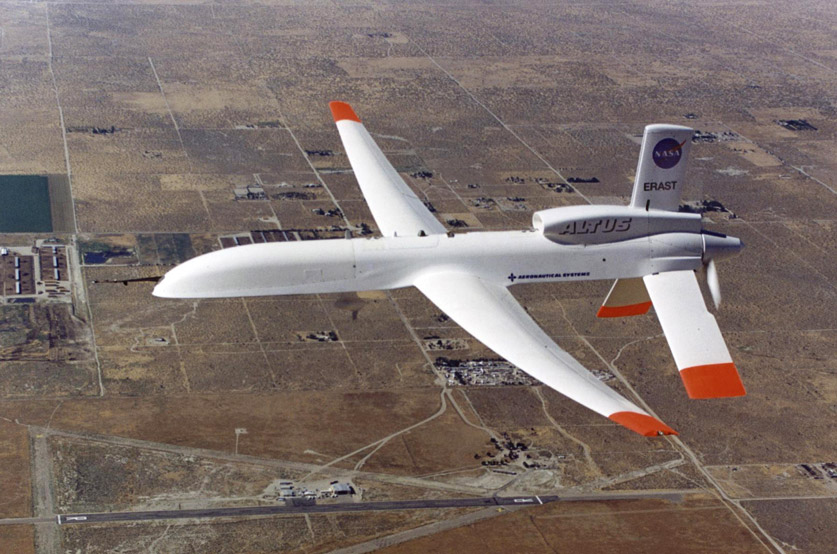
NASA’s all-electric X- 57 Maxwell has completed another milestone toward first flight, the successful completion of high-voltage testing. A principal goal of the X-57 project is to share the X-57 design and airworthiness process with regulators and standards organizations. Another goal is to establish the X-57 as a reference platform for integrated approaches of distributed electric propulsion technologies. The next phase for the testing the X-57 will be verification and validation testing. (NASA)
